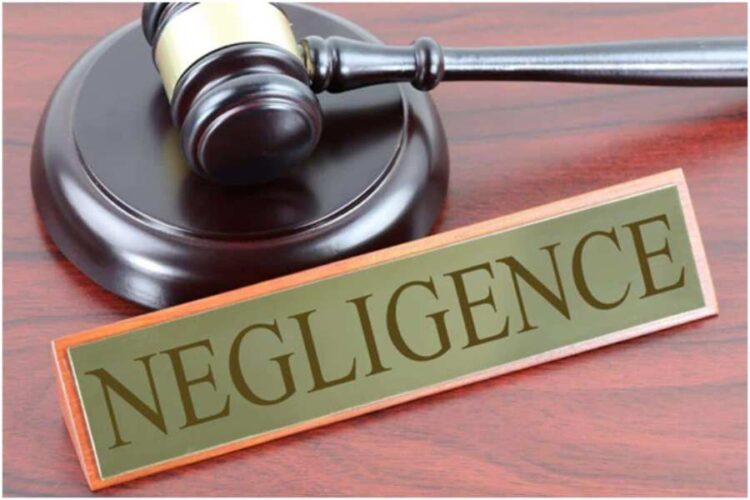Accidents and injuries often result from someone’s failure to act responsibly. When this happens, legal concepts like negligence and negligence per se come into play. Both terms are crucial in personal injury cases; they possess some form of similarities, but they work differently.
If you’ve been injured, understanding the difference between negligence and negligence per se is vital to knowing your rights and options.
Read on as we explore these two legal concepts in detail.
What Is Negligence?
Negligence occurs when someone fails to act with the level of care that a reasonable person would exercise in the same situation. This failure to act reasonably can lead to harm or injury to another person. According to the National Safety Council, preventable injuries in the U.S. accounted for over two hundred thousand deaths in 2020.
Negligence applies to various cases, such as:
- Car accidents caused by distracted driving.
- Slip and fall incidents due to unsafe conditions.
- Medical errors resulting from a healthcare provider’s carelessness.
In these scenarios, proving that the defendant’s actions were unreasonable under the circumstances is crucial.
Key Elements of Negligence
To prove negligence, four elements must be established:
- Duty of Care – The defendant owed a legal responsibility to the injured party.
- Breach of Duty – The defendant failed to fulfill their responsibility.
- Causation – The defendant’s actions caused the injury.
- Damages – The injured party suffered harm or losses.
What Is Negligence Per Se?
Negligence per se, on the other hand, is a legal doctrine that applies when someone breaks a law designed to protect others. In such cases, the violation itself serves as evidence of negligence. Unlike general negligence, there’s no need to prove that the defendant acted unreasonably. Instead, the focus is on proving that a law was violated and that the violation caused the injury. That is, breaking the law automatically establishes a breach of duty.
Common scenarios where negligence per se applies include:
- Speeding in a school zone and hitting a pedestrian.
- Violating safety regulations in a workplace, leading to an injury.
- Ignoring building codes, causing a tenant harm.
Key Elements of Negligence Per Se
- Violation of a Law: The defendant broke a specific rule or regulation.
- Law Designed to Protect Others: The law must aim to prevent the type of harm suffered.
- Protected Group: The injured person must be part of the group the law was intended to protect.
Why Do These Differences Matter?
negligence and negligence per we both address careless actions that lead to harm, however they differ in how fault is established. The differences between them can significantly impact a personal injury case. These distinctions can determine the complexity and outcome of a legal case.
Burden of Proof:
- In general negligence, the injured party must prove that the defendant acted unreasonably.
- In negligence per se, the law violation automatically establishes fault, simplifying the process.
Basis for Liability:
- Negligence relies on the standard of what a reasonable person would do.
- Negligence per se is tied to specific laws or regulations.
Evidence Requirements:
- General negligence cases often need witnesses, expert opinions, and other evidence.
- Negligence per se requires proof of the law violation and its connection to the injury.
Legal Assistance for Negligence Claims
If you’ve been injured in an accident, understanding whether your case involves negligence or negligence per se is key to pursuing justice and holding responsible parties accountable. While negligence focuses on unreasonable behavior, negligence per se centers on law violations.
A personal injury lawyer can analyze your situation, gather evidence, and determine the best approach to seeking compensation. Experienced attorneys can also navigate complex legal processes, ensuring your rights are protected and maximizing your chances of success.










